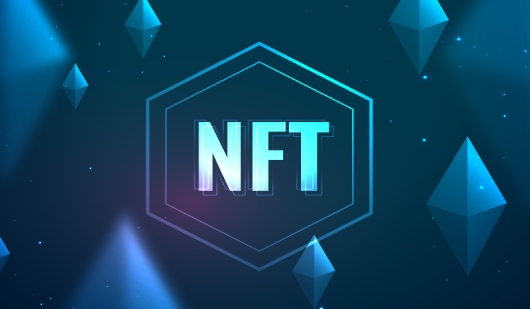ERC-721 Non-Fungible Token Standard Development
Mudit Kumar |
27th February 2024
In recent years, blockchain development services have transcended their initial applications in finance and cryptocurrency to revolutionize various industries, including art, gaming, and collectibles. At the heart of this revolution lies ERC-721, a token standard for creating non-fungible tokens (NFTs) on the Ethereum blockchain. In this comprehensive blog, we'll delve into the intricacies of ERC-721 development, exploring its significance, features, and its transformative impact on the digital economy.
